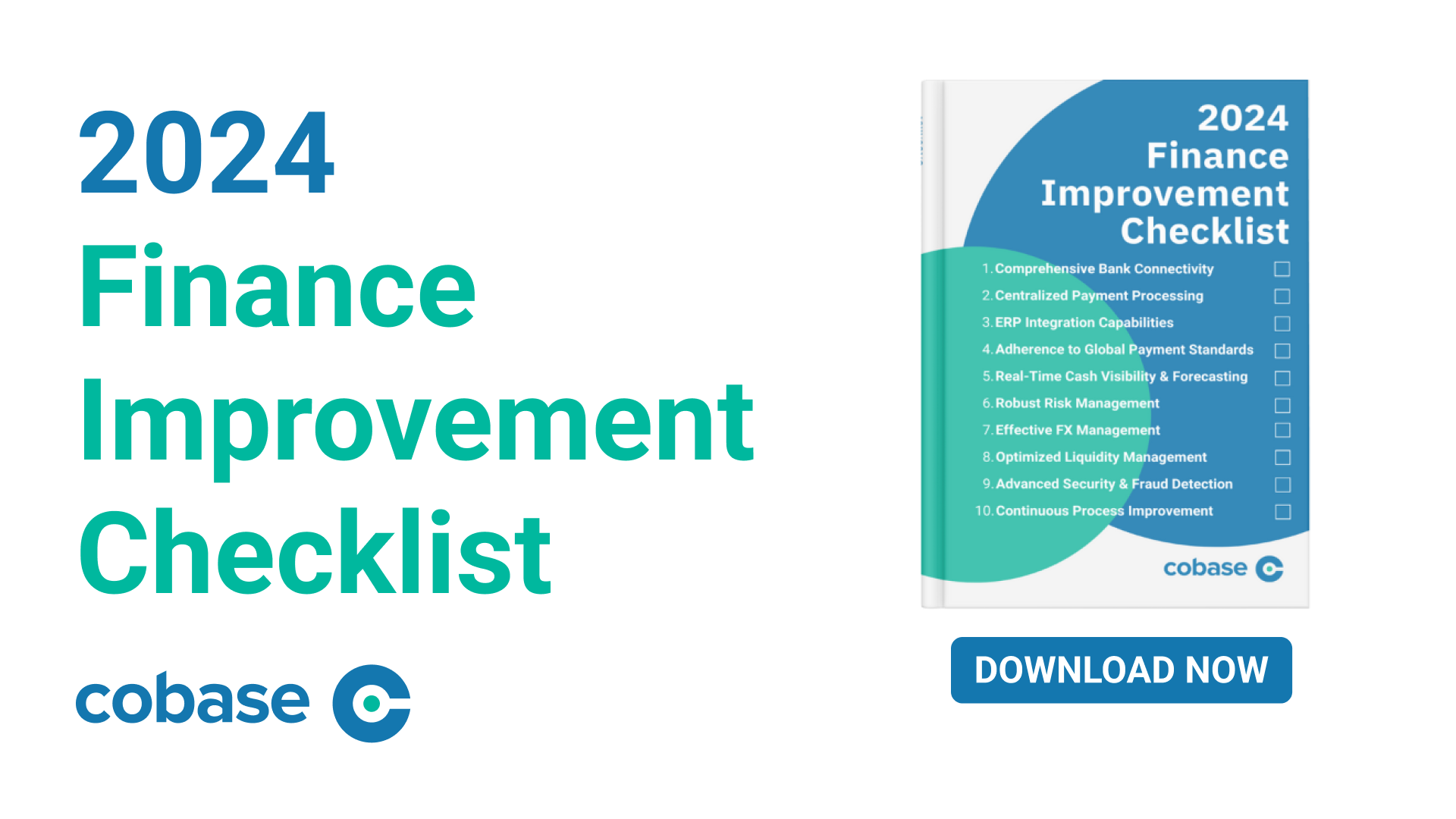Strategizing Finance Projects: Setting Priorities for Success
In this fast-paced world, effectively strategizing and prioritizing projects throughout the year is crucial for achieving organizational goals and maintaining competitive advantage. Finance teams face the challenge of balancing short-term operational needs with long-term strategic initiatives, all while navigating a constantly changing economic landscape. This article explores how finance professionals can effectively plan and prioritize finance projects over the course of a year, ensuring that resources are allocated efficiently and strategic objectives are met.
Understanding the Landscape
Before diving into project planning and prioritization, it’s essential to understand the internal and external factors that influence finance operations. This includes regulatory changes, market trends, technological advancements, and the overall strategic direction of the organization. A thorough analysis of these factors provides the foundation for informed decision-making throughout the year.
Setting Strategic Objectives
The first step in strategizing finance projects is to set clear, measurable strategic objectives aligned with the organization's goals. These objectives should encompass both immediate operational needs and long-term strategic aims, ensuring a balanced approach to financial management. Objectives might include improving cash flow, reducing costs, enhancing financial reporting accuracy, or investing in new technology to streamline operations.
Prioritization Framework
Once strategic objectives are set, the next step is to prioritize projects based on their potential impact, resource requirements, and alignment with organizational goals. A prioritization framework can be invaluable in this process, helping to objectively assess each project. Common criteria for prioritization include:
- Strategic Importance: How well does the project align with strategic objectives?
- ROI and Impact: What is the expected return on investment, and how will it impact the organization?
- Risk Assessment: What risks are associated with the project, and how can they be mitigated?
- Resource Allocation: What resources (financial, human, technological) are required, and are they available?
- Timeline: What is the project timeline, and does it align with other organizational priorities?
Agile Planning Approach
Adopting an agile planning approach allows finance teams to remain flexible and responsive to changes throughout the year. This involves setting shorter planning cycles, regularly reviewing project progress, and being prepared to adjust priorities as new information becomes available or as circumstances change. This approach ensures that the finance team can quickly respond to unexpected challenges or take advantage of new opportunities.
Communication and Collaboration
Effective communication and collaboration across departments are essential for the successful implementation of finance projects. Regular updates, stakeholder meetings, and collaborative planning sessions ensure that everyone is aligned on project goals, progress, and changes. This not only fosters a culture of transparency and accountability but also encourages cross-functional cooperation, enhancing the overall success of finance projects.
Monitoring Progress and Performance
Continuous monitoring of project progress and performance against predefined metrics is critical. This involves setting up key performance indicators (KPIs) for each project, regularly reviewing these metrics, and conducting post-project evaluations to capture learnings and improve future project planning. Regular reviews also provide an opportunity to celebrate successes and recognize the contributions of team members, boosting morale and motivation.
Leveraging Technology
Technology plays a pivotal role in streamlining finance operations and enhancing project management. Investing in the right financial management software, project management tools, and data analytics platforms can automate routine tasks, provide real-time insights, and facilitate better decision-making. Technology can also help in scenario planning and risk management, two critical aspects of financial project management.
Conclusion
Strategizing finance projects throughout the year requires a careful balance of strategic planning, agile execution, and continuous evaluation. By setting clear priorities, adopting an agile approach, fostering collaboration, and leveraging technology, finance teams can effectively navigate the complexities of financial management. This not only ensures the successful completion of finance projects but also contributes to the overall strategic success of the organization, driving growth and competitiveness in an ever-changing business environment.
Published:



